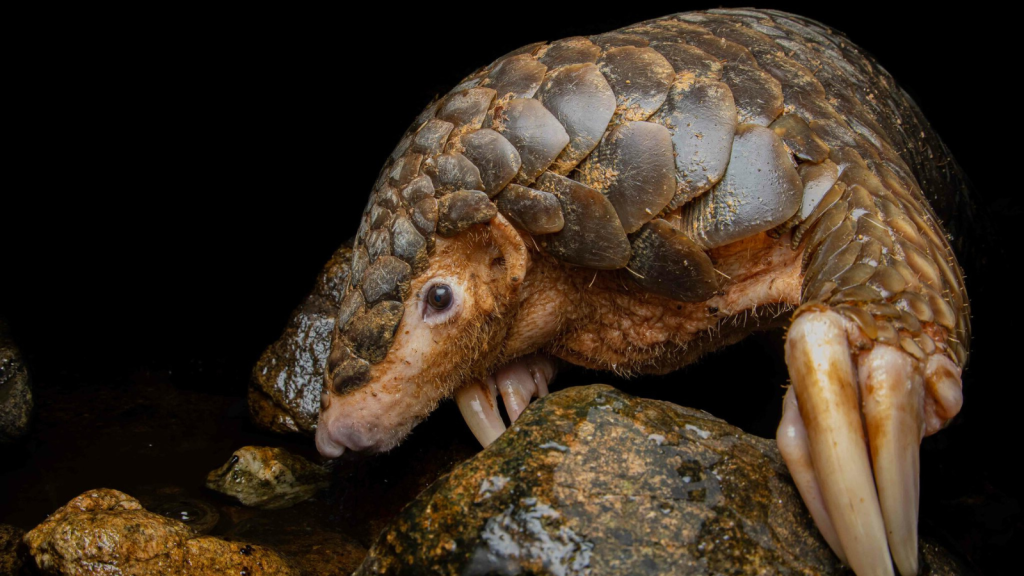Pangolins are some of the most unusual creatures on Earth, often described as walking pinecones. These shy, nocturnal animals are found in Asia and Africa, and they’re unlike any other mammal you’ve ever seen. With their unique scales and long, sticky tongues, pangolins have captured the imagination of nature lovers worldwide. Sadly, they’re also among the most endangered animals on the planet due to poaching and habitat loss. Let’s explore some fascinating facts about these remarkable creatures that might just make you fall in love with them.
They’re Covered in Keratin Scales
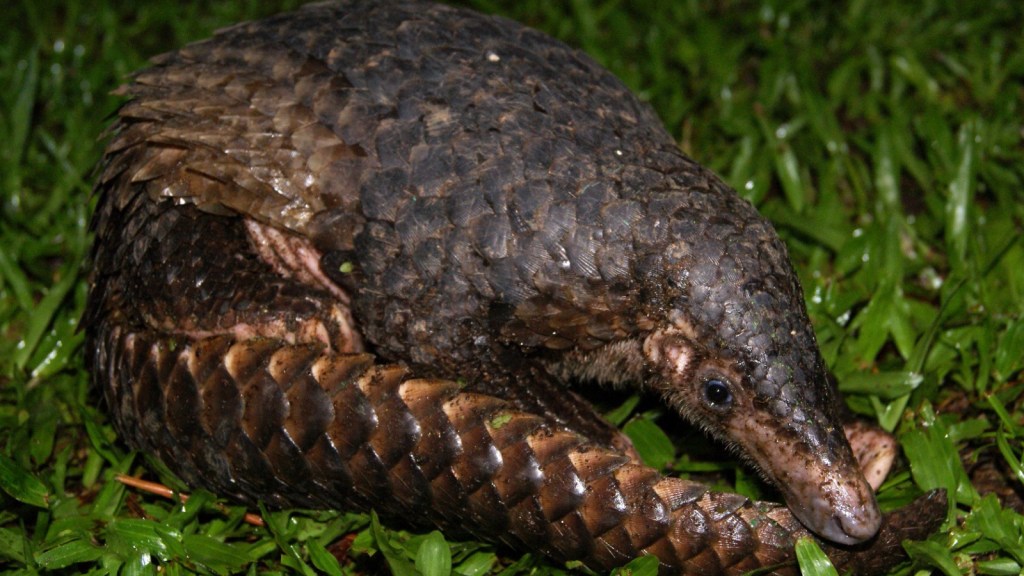
Pangolins are the only mammals entirely covered in scales. These scales, made of keratin (the same stuff as our fingernails), account for about 20% of their body weight. When threatened, pangolins roll into a tight ball, using their scales as armour against predators. Interestingly, these scales continue to grow throughout the pangolin’s life, just like our hair and nails.
Their Tongues Are Longer Than Their Bodies
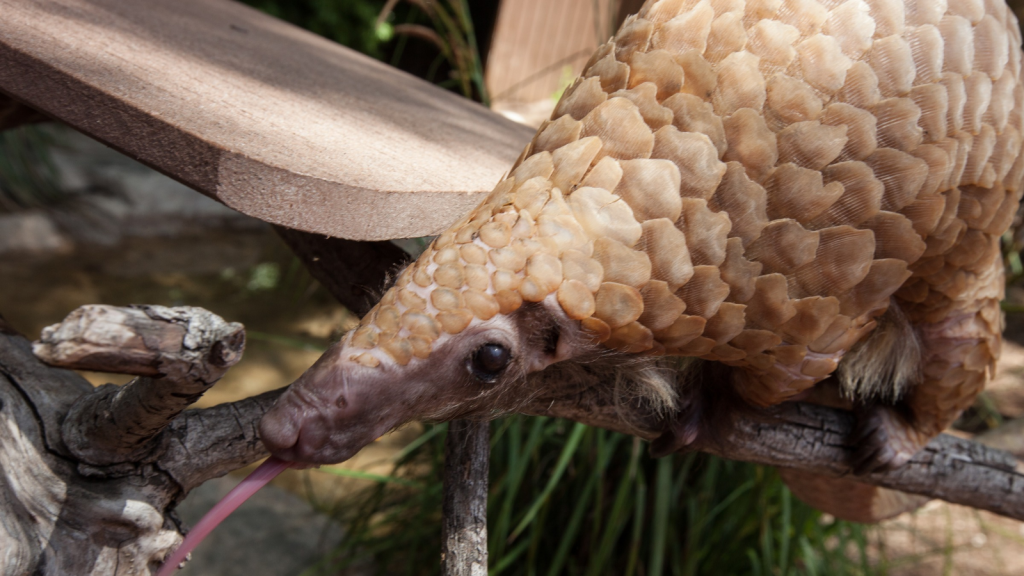
A pangolin’s tongue can be up to 40 cm long, longer than its entire body. When not in use, this extraordinary tongue is stored in a special chest cavity. It’s perfect for slurping up ants and termites from deep within their nests. The tongue is so specialized that it’s attached near the pelvis and last pair of ribs, rather than at the back of the mouth like in most mammals.
They Walk on Their Hind Legs
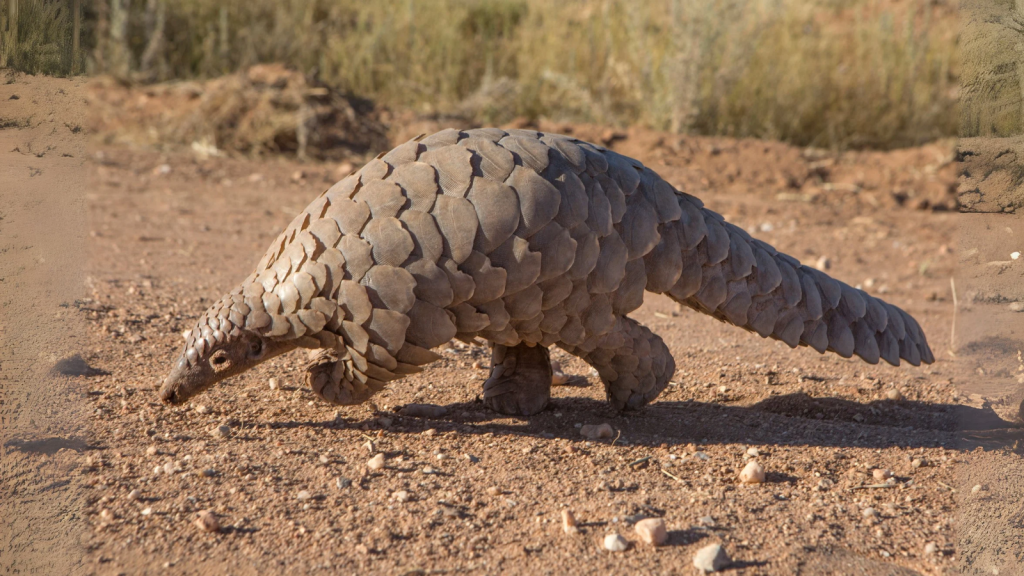
Unlike most four-legged mammals, pangolins often walk on their hind legs, using their tails for balance. This upright stance gives them a rather comical, waddling gait that’s oddly endearing. It also frees up their front legs, which have powerful claws for digging. This bipedal walk is most common in ground-dwelling pangolin species, while tree-dwelling species tend to move on all fours.
They’re Fantastic Diggers
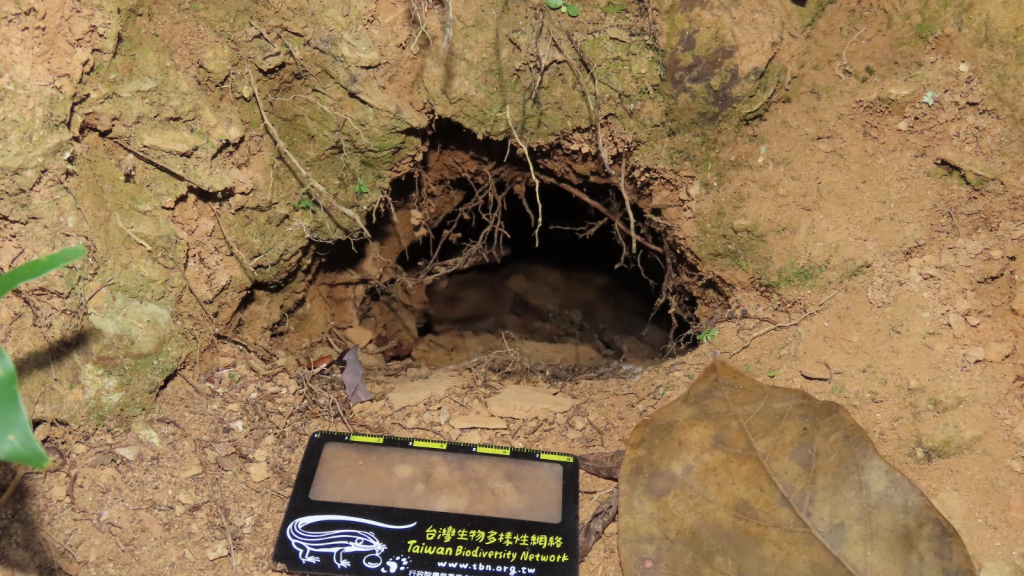
Speaking of digging, pangolins are nature’s excavators. Their strong front claws can rip through concrete, and they use them to dig burrows and unearth tasty insects. Some species can dig tunnels up to 6 metres deep! These burrows often have multiple chambers and can be quite complex, serving as both homes and hiding places from predators.
They Have No Teeth

Despite their voracious appetite for insects, pangolins don’t have any teeth. Instead, they have a gizzard-like stomach lined with keratin spines that grinds up their food. They also swallow small stones to help with this process, much like birds do. To compensate for the lack of teeth, pangolins have powerful stomach muscles that contract to crush their insect prey.
They’re Closely Related to Carnivores
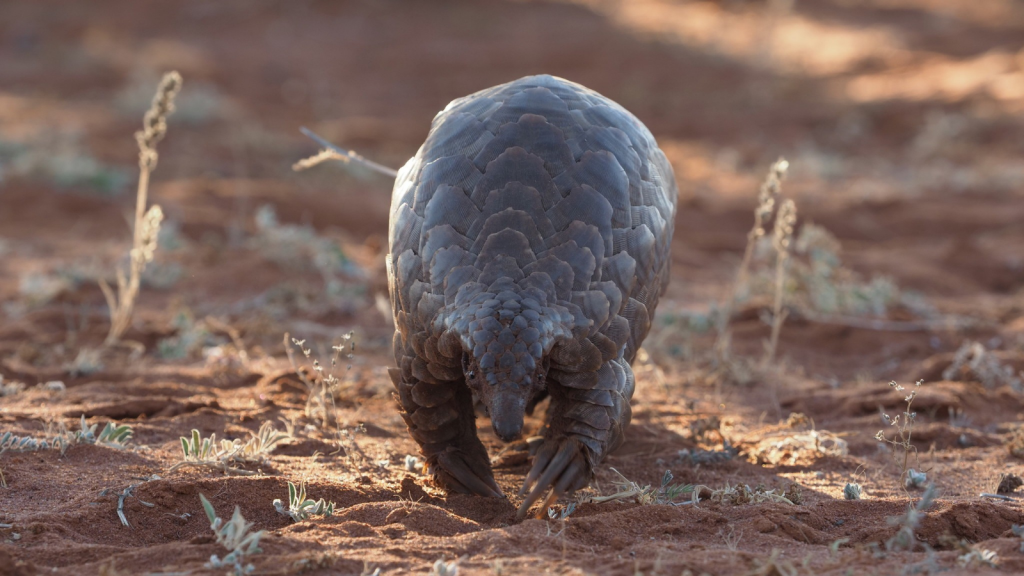
Surprisingly, pangolins’ closest living relatives are carnivores like cats and dogs. They belong to the order Pholidota, which branched off from carnivores about 60 million years ago. This explains their long claws and strong sense of smell. Despite this relationship, pangolins are insectivores and have evolved very different dietary habits from their carnivorous cousins.
They Can Emit a Noxious Spray

When threatened, pangolins can release a foul-smelling liquid from glands near their bums, similar to skunks. This stinky defence mechanism helps keep predators at bay. It’s so potent that even lions think twice before tackling a pangolin! The spray is a mixture of uric acid and other chemicals, and its smell has been described as a combination of rotten onions and sulphur.
They’re Fantastic Swimmers

Despite their seemingly cumbersome appearance, pangolins are excellent swimmers. They can close their nostrils and ears underwater, and some species have semi-webbed feet. They’ve even been spotted swimming between islands! Pangolins use their tails as rudders while swimming, helping them navigate through water with surprising agility.
They Have Poor Eyesight
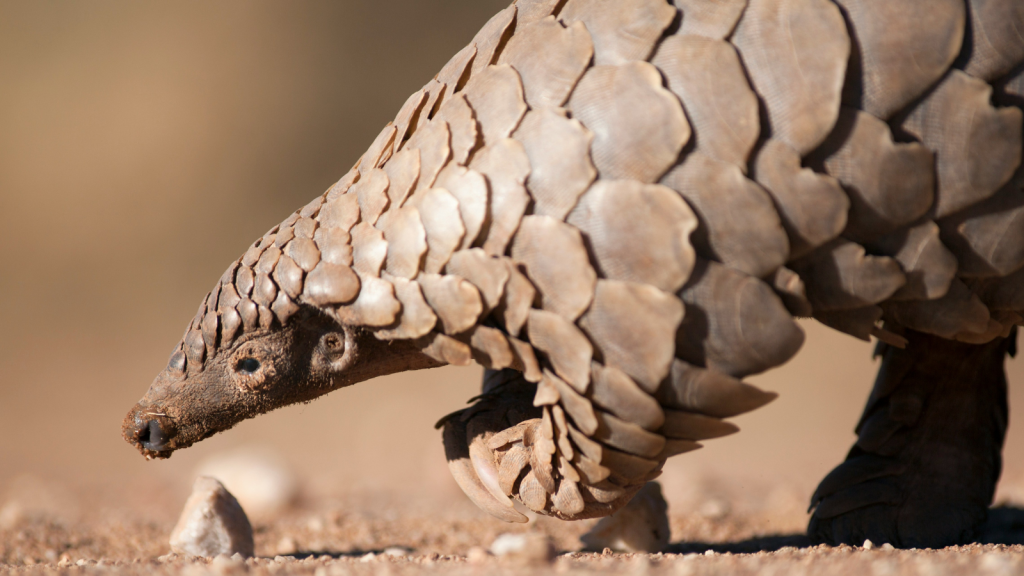
Pangolins have notoriously bad vision. They rely much more on their keen sense of smell to navigate and find food. Their eyes are small and often appear to be tightly shut, adding to their endearing, sleepy appearance. To compensate for their poor eyesight, pangolins have highly developed senses of smell and hearing, which are crucial for their nocturnal lifestyle.
They’re Hunted for Their Scales
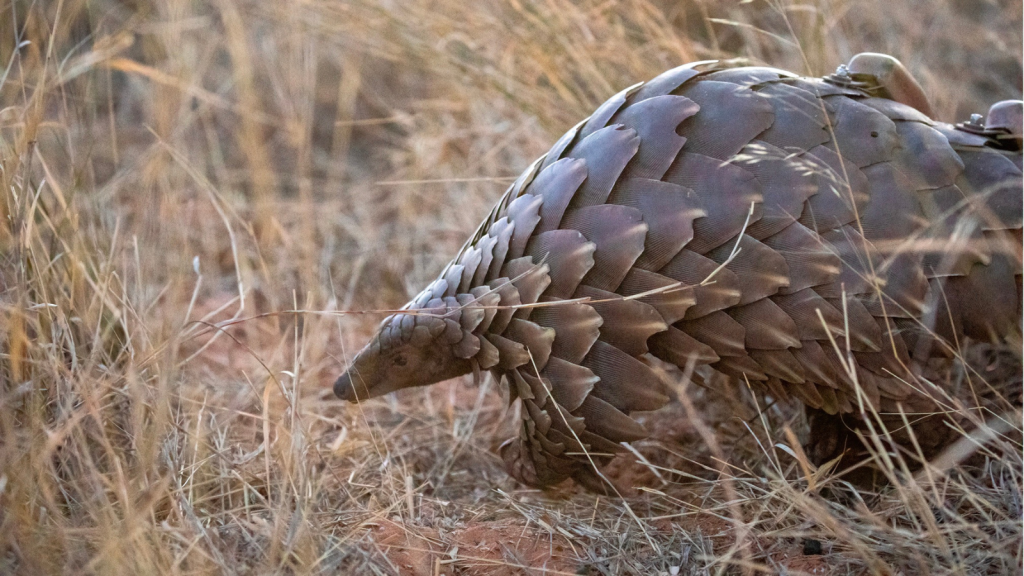
Tragically, pangolins are the most trafficked mammals in the world. Their scales are used in traditional medicine, despite having no proven medicinal value. This illegal trade has pushed all eight pangolin species to the brink of extinction. It’s estimated that more than a million pangolins have been poached in the last decade alone, highlighting the urgent need for conservation efforts.
They’re Slow Breeders
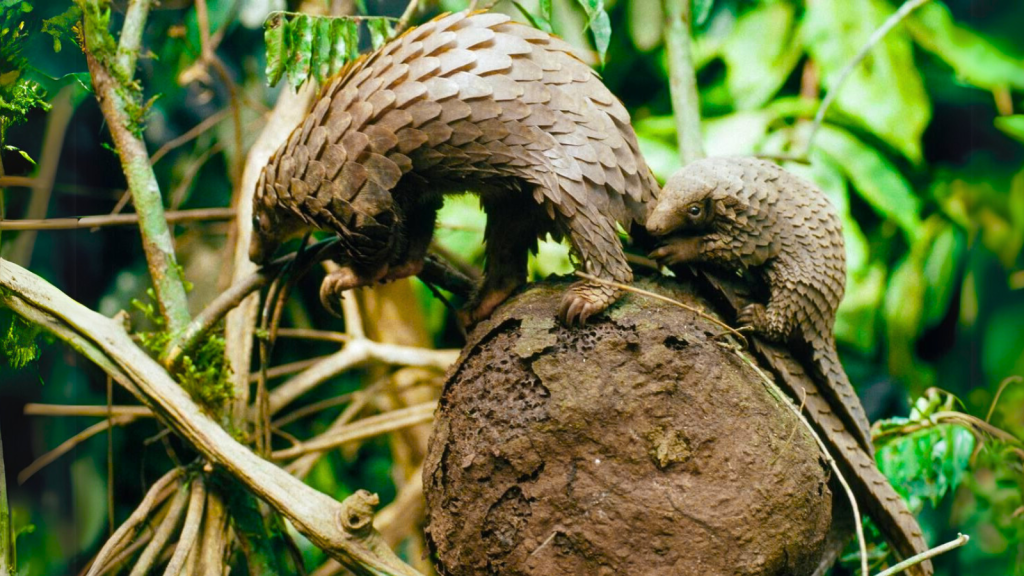
Pangolins typically only have one baby at a time, called a pangopup. The mother carries her baby on her tail for the first few months of its life. This slow reproduction rate makes it hard for pangolin populations to recover from poaching. Pangolins also have a relatively long gestation period of about 140 days, further slowing their population growth.
They Have Incredibly Strong Grip
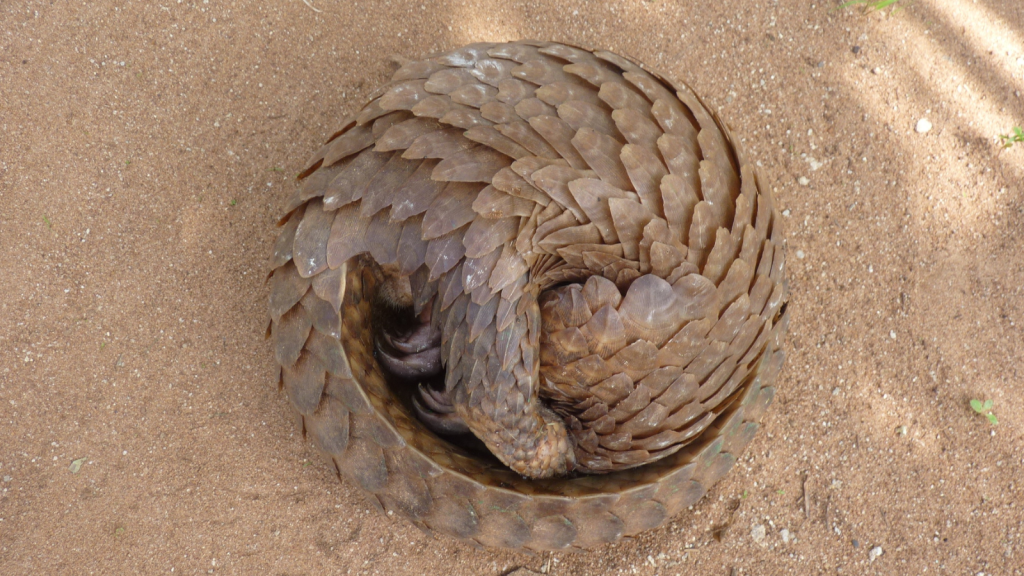
A pangolin’s grip is so strong that it’s nearly impossible to pull them off a tree or unroll them when they’re curled up. This powerful grip helps them climb trees and cling to their mothers as babies. Their grip strength comes from specialised tendons in their limbs that ‘lock’ into position, allowing them to hang from branches for long periods without tiring.
They Can Voluntarily Constrict Their Blood Vessels
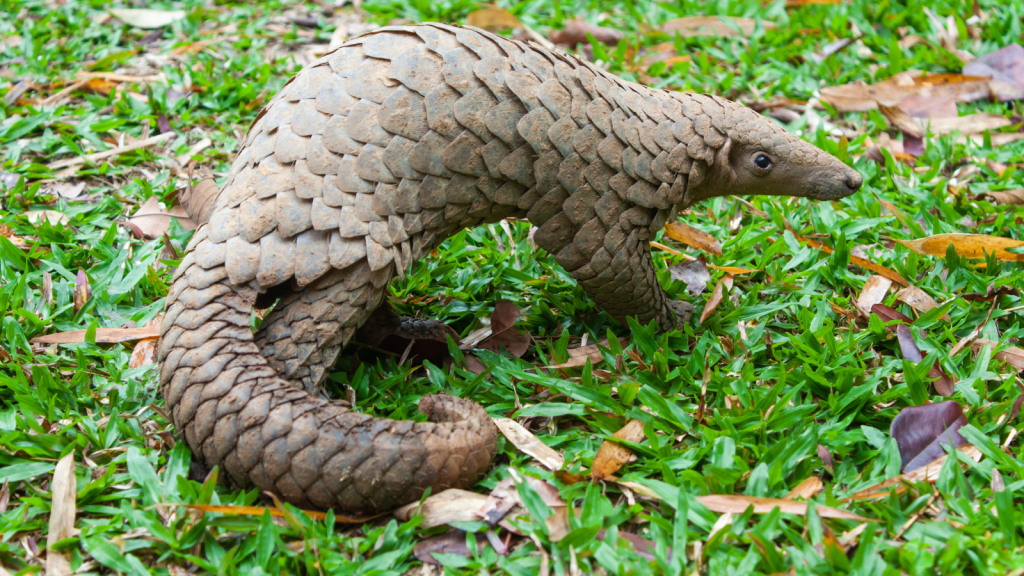
In a remarkable adaptation, pangolins can cut off blood supply to their scales when a predator grips them. This prevents blood loss if a scale is ripped off and makes it harder for predators to keep hold of them. This ability, known as vasoconstriction, is also useful when pangolins are foraging in ant nests, protecting them from bites and stings.
They’re Ecosystem Engineers
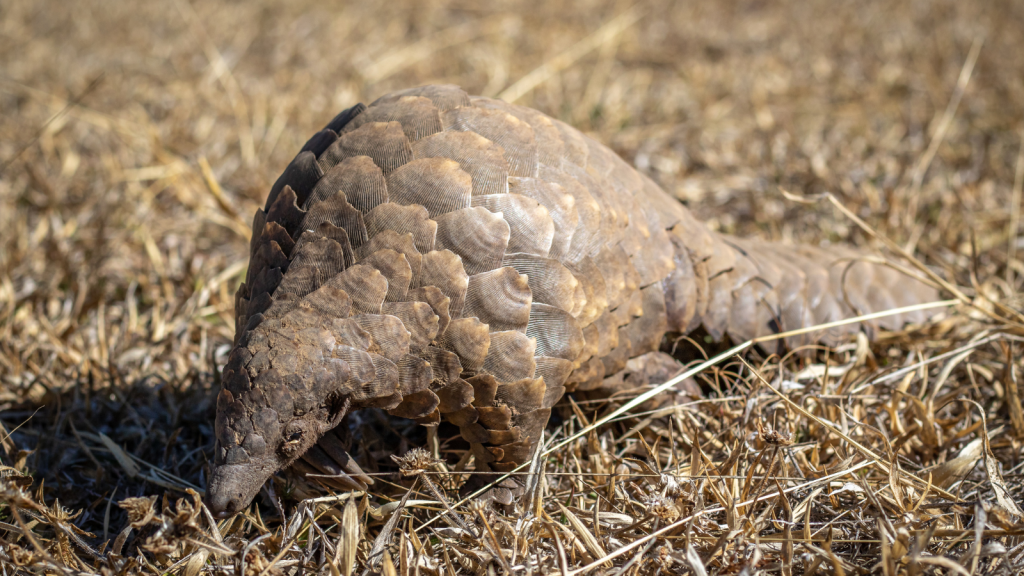
Pangolins play a crucial role in controlling insect populations. A single pangolin can consume up to 70 million insects a year! Their burrows also provide homes for other animals, helping to increase biodiversity. By aerating the soil through their digging activities, pangolins also improve soil health and promote plant growth in their habitats.
They’re Living Fossils
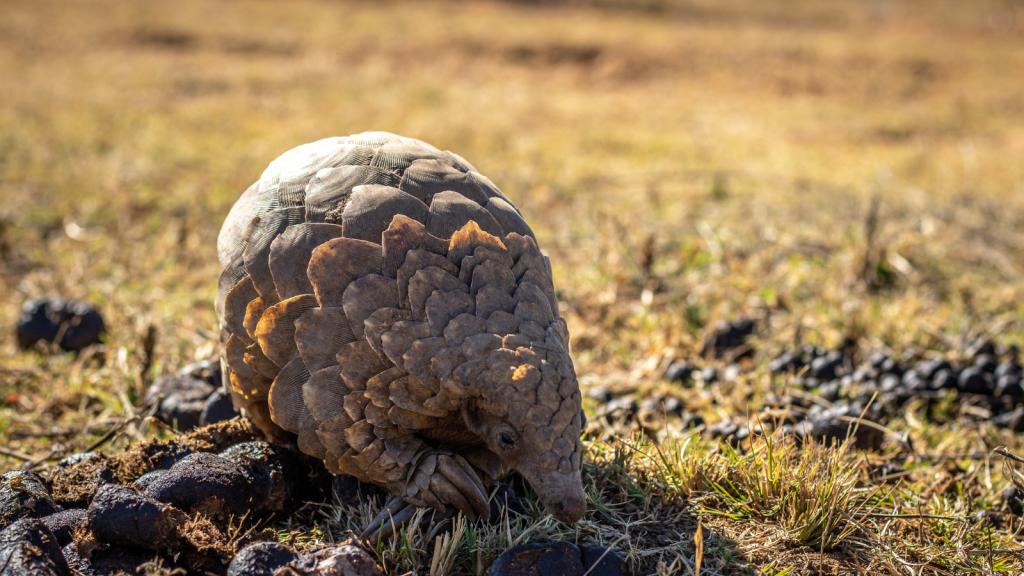
Pangolins have remained largely unchanged for millions of years. Fossil evidence suggests that pangolin-like creatures were scurrying around as far back as the Eocene epoch, about 35 million years ago. They’re truly living relics of a bygone era. The earliest pangolin fossils show that these ancient relatives already had the characteristic scales and long tongues of modern pangolins, demonstrating the success of their unique adaptations.
Becky is a fervent wildlife enthusiast and pet care expert with a diploma in canine nutrition. Her love for animals stretches beyond the domestic, embracing the wild tapestry of global fauna. With over a decade of experience in animal welfare, Becky lends her expertise to OutlandishOwl through insightful articles, captivating wildlife information, and invaluable guidance on pet nutrition. Her work embodies a deep commitment to understanding the intricate lives of animals and a passion for educating others on sustaining natural habitats. Becky's hands-on conservation efforts and her knack for translating complex dietary science into practical pet feeding tips make her an indispensable voice for creatures great and small.

